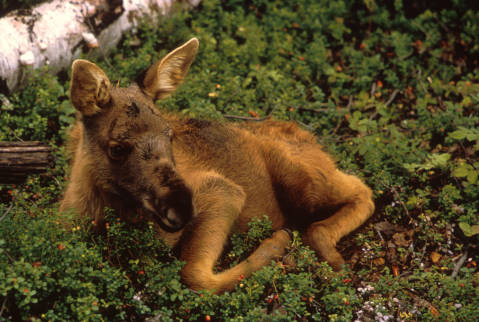 Late last month Minnesota Department of Natural Resources researchers collared 49 moose calves within hours of their birth, the Grand Forks Herald reports. Part of a larger study trying to solve Minnesota’s high moose mortality rate, the collared calves were born to collared mothers, a fact that allowed researchers to find them quickly after birth, the article says.
Late last month Minnesota Department of Natural Resources researchers collared 49 moose calves within hours of their birth, the Grand Forks Herald reports. Part of a larger study trying to solve Minnesota’s high moose mortality rate, the collared calves were born to collared mothers, a fact that allowed researchers to find them quickly after birth, the article says.
Results have come quickly, perhaps too quickly. Researchers knew that over half of all moose calves die within their first year. But already 22 of the calves, nearly half, have been found dead, mostly from predation by wolves and bears.
The study revealed other surprises. Of the moose that gave birth last month, 58 percent had twins, which was a higher rate than the researchers expected. They also found that the calves started eating plants earlier than had been previously thought.
The article says that the high adult death rate is the big issue in Minnesota, but a low rate of survival for calves is another concern. The 22 necropsies that will be performed on the dead moose calves should shed light on the issue.
More details in the Grand Forks Herald article, here.
Photo: A moose calf, although not from this study. By Leroy Anderson, courtesy US Fish and Wildlife Service.

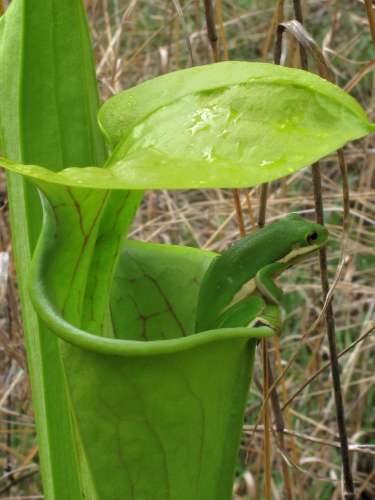 There have been studies that have calculated the likelihood of extinction for various amphibian species, but the first study to calculate how fast amphibian populations are declining was recently published in
There have been studies that have calculated the likelihood of extinction for various amphibian species, but the first study to calculate how fast amphibian populations are declining was recently published in 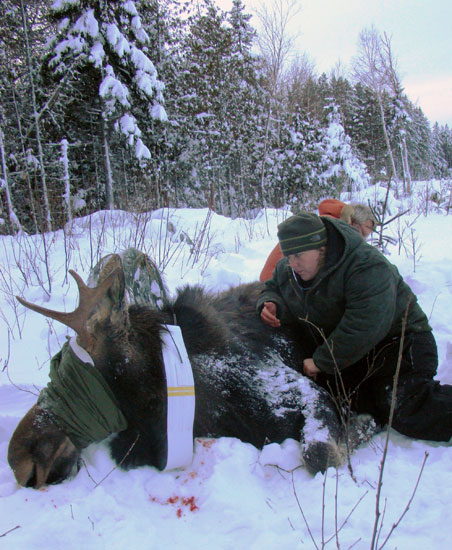
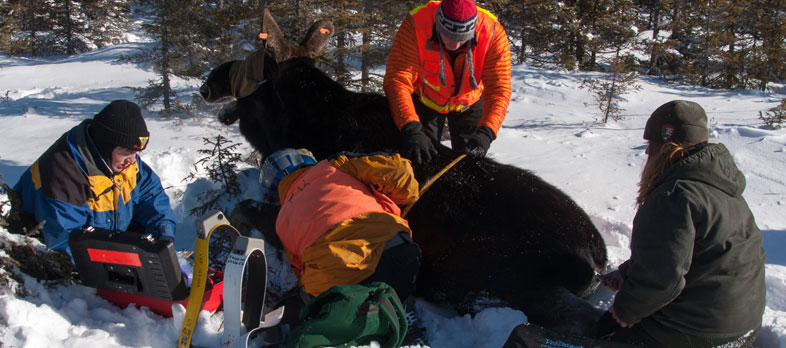
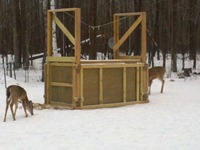
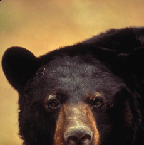 It started off with a late spring frost that killed off the bears’ seasonal food. It continued with a regional drought. It all added up to the worst year for bear and human conflicts in Colorado since the state started keeping records a few years ago, says an article in the
It started off with a late spring frost that killed off the bears’ seasonal food. It continued with a regional drought. It all added up to the worst year for bear and human conflicts in Colorado since the state started keeping records a few years ago, says an article in the 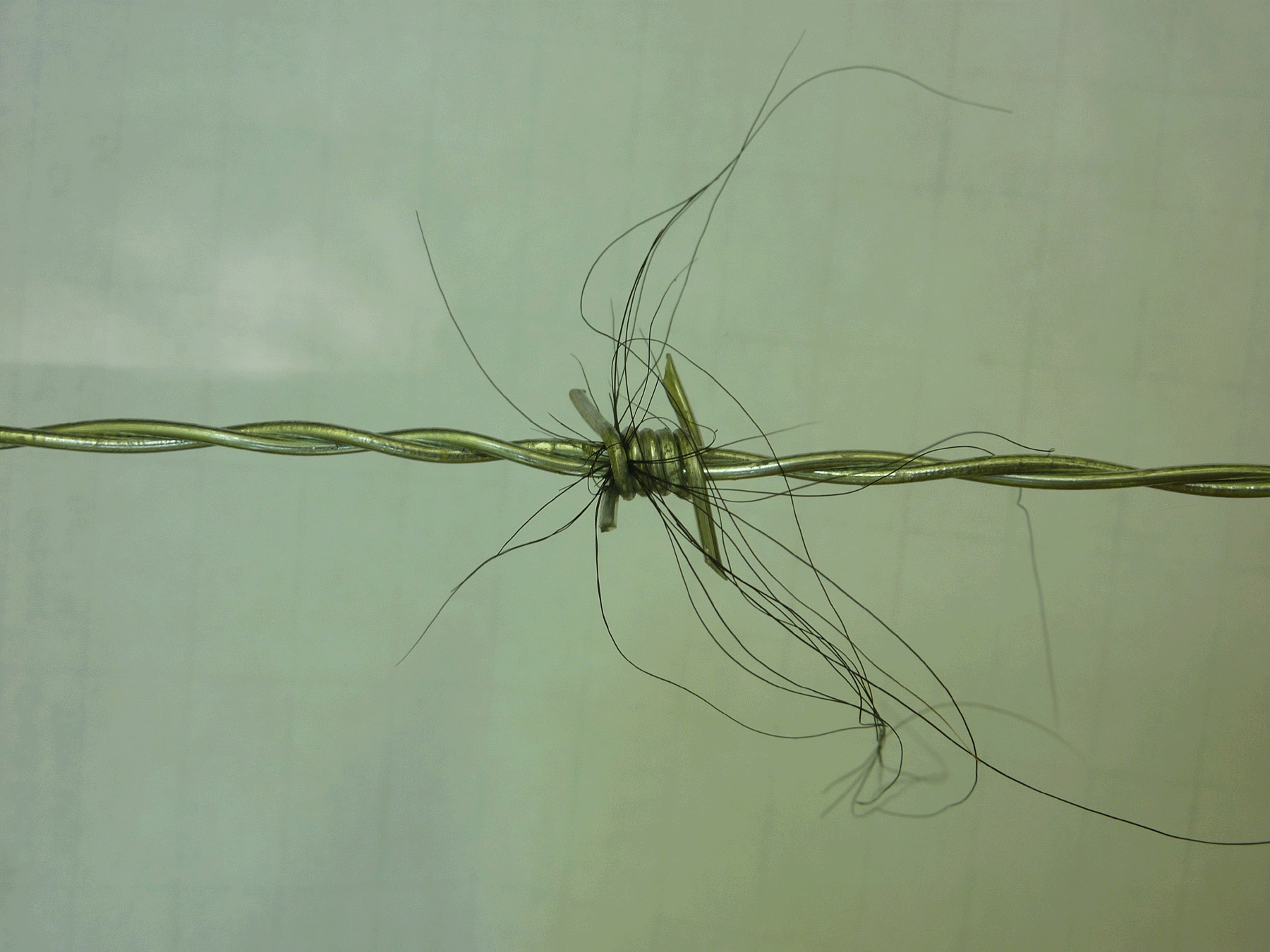 Black bears are back in northeastern Alabama and southern New Jersey, recent reports say.
Black bears are back in northeastern Alabama and southern New Jersey, recent reports say.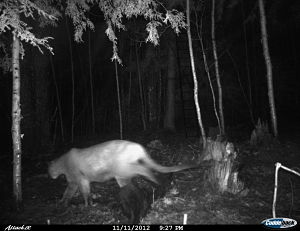 Not sure how we missed this in our recent wild cat news round-up, but a
Not sure how we missed this in our recent wild cat news round-up, but a 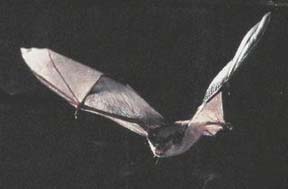 The Montana Natural Heritage Program is collecting baseline information on the state’s bats that will be vital if the state is ever struck with white nose syndrome (WNS),
The Montana Natural Heritage Program is collecting baseline information on the state’s bats that will be vital if the state is ever struck with white nose syndrome (WNS),